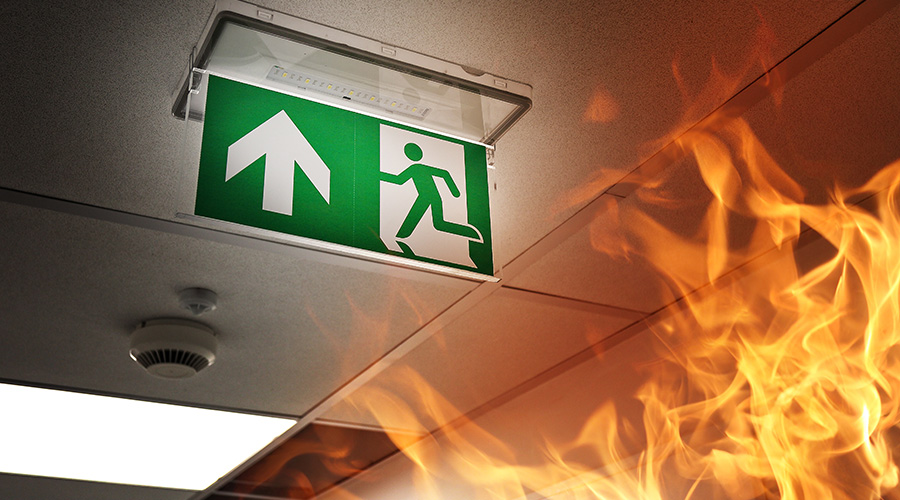Planning for an Active-Shooter Event
First of a 3-part article on issues to address in readying your facility for an active-shooter event
By now we’ve become almost numb to active-shooter events. Universities, schools, theaters, malls: It sometimes seems every day brings another mass shooting. But the fact is that an active-shooter event is very unlikely in any company. And that is a major challenge if you are a facility manager or security director trying to plan for an active-shooter event. It means you have to make a case to management to invest capital in infrastructure enhancements — to provide alerts, notifications, and response and to address recovery issues — for something that has a low probability of happening in your facility.
When a shooting does occur, however, those initial costs are greatly surpassed by the long-term costs: manpower loss; productivity loss due to a facility being considered a “crime scene” with limited access for some period of time, and legal costs that will be incurred, regardless of how much preparation and awareness are provided beforehand. An active-shooter event is a life- and company-changing event that will either be so catastrophic as to close the facility permanently, or one for which the resulting post-traumatic issues of personnel absences, assistance programs, mental health issues, and productivity downtime make it hard to recover for many years.
Addressing the Risk
The first step in addressing the risk of an active shooter is an internal review of what is in place now. The focus should be on an active-shooter event, not just an “all hazards” approach, which many facilities presently have, that includes weather events (tornadoes, ice, hurricanes), hazmat spills, earthquakes, etc.
Why provide a separate procedure for an active-shooter event and not include this in the “all hazards” procedures? Most emergencies are not spontaneous. Good preparation and response, along with mitigation strategies, usually take care of the issue with relatively few negative consequences of significance, in comparison to the after-effects of an active-shooter event. (Of course, there are exceptions, such as a tornado, earthquake, or some other major catastrophe.)
To get started, imagine you’re sitting in your office and hear a popping noise you think may be a gunshot, but you’re unsure. The time has just started for any kind of action, whether it’s calling 911, getting out, or sheltering in. These are the baseline issues, but you should also consider the following questions:
• Do other personnel know what to do if they hear or think they hear gunshots? Most facilities have internal hard-line phone systems, but what if your people mainly work in areas that don’t? Do they have cell phone access? Do you know where the nearest cell tower is?
• Do you know what police jurisdiction you’re in?
• Have the police or other emergency responders ever been inside your facility and do they know the configuration of work areas, cubicles, offices, and hallways?
• The final but most important question: Do you and your people know what to do in those first five minutes (remember, the clock started when you first heard the popping noise) before the police actually physically arrive at the facility and put an end to the shooting? Reports from previous events have shown that police arrive on average three to seven minutes, maybe more, after the first 911 call. According to an article on police response to active shooters by J. Pete Blair, a professor at Texas State University, “on average, it takes police three minutes to arrive on the scene, and another few minutes to locate and stop the shooters. So for at least the first few minutes of an attack, the potential victims are on their own.”
Related Topics:














